Sustainability and green construction initiatives have been at the forefront of the industry in recent years, with no signs of slowing down. This global shift stems from nations converging to make net-zero pledges. These pledges have made waves in regulatory changes and environmental, social, and governance (ESG) parameters. In this article we cover the latest sustainable infrastructure trends in the world including greener public transit, increased use of green roofs, and the use of digital twins.
1. Integration with nature
In an effort to meet ESG parameters, many builders are making infrastructure plans that integrate with nature and biodiversity. This means more green spaces in and around residential and commercial areas, green roofs, proximity to wetlands, and green corridors.
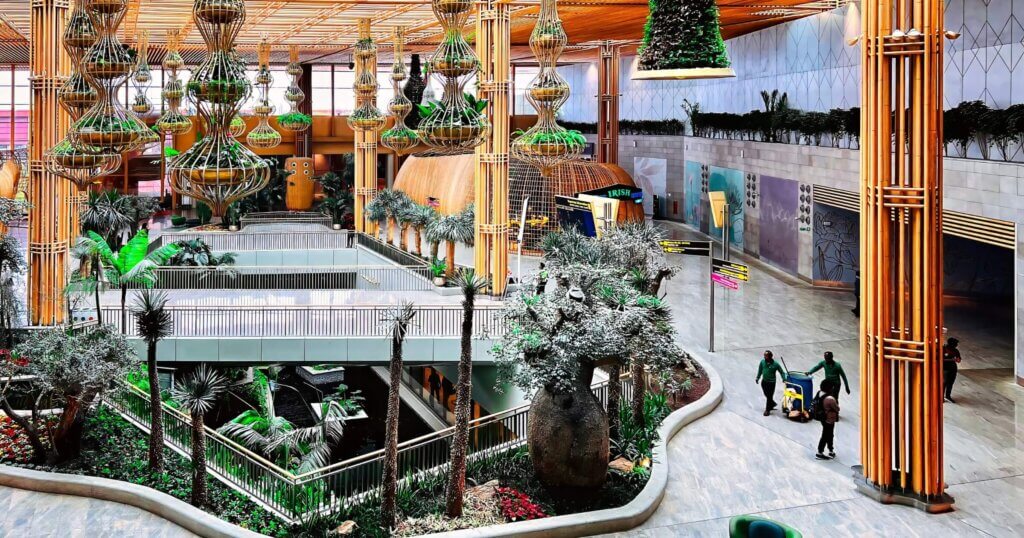
Biophilic design is known to improve people’s mental health while providing structural benefits, such as enhancing flood protection and filtering out city pollutants. Integrating with nature also means more sustainable drainage systems (SuDS). These systems manage stormwater runoff, eliminating the need for unnecessary construction to perform a similar task. This sustainable infrastructure trend can be seen in major construction projects like airports, company headquarters, and community centres across North America.
2. More stringent emissions targets
As of June 2024, 107 countries have adopted net-zero emissions goals, including Denmark, China, Austria, Canada, Japan, Hungary, Germany, and Singapore. But it’s one thing to make the pledge, and another to take action and commit to it.
Achieving these emissions goals means taking a new approach to building low-carbon, climate-resilient projects. One of the most important steps is to transition to more sustainable forms of power. Switching to reliable, green power sources involves leveraging solar power, wind turbines, hydropower, geothermal power, and other sources of energy with a zero-carbon footprint.
Most of these countries that have made the pledge aim to have net-zero emissions by 2050. However, progress is slower than expected due to lagging policy shifts, and the end goal will likely be pushed out by several years.
3. Use of “digital twins” for streamlined planning
Digital twins are virtual replicas of real cities and infrastructure systems. They’re used for disaster resilience, future planning, and maintenance strategies. By using these models as a point of reference, designers and builders gain real-time monitoring and visibility on predictive maintenance.
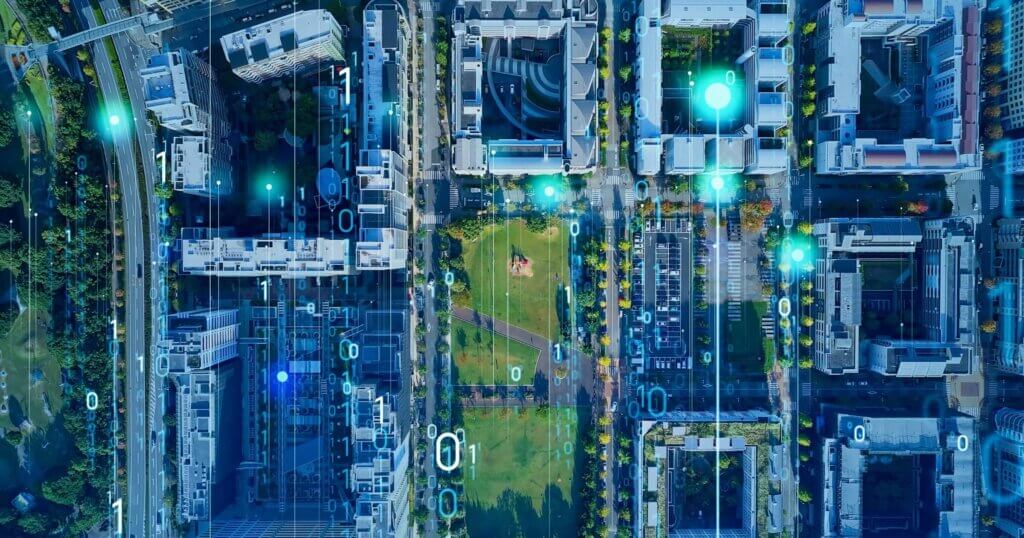
Digital twin use enables builders and designers to see what’s working and what’s not. This means less waste, faster project execution, and more sustainable infrastructure iterations for the future.
4. More eco-friendly car parks
Consumer choices in switching to eco-friendly modes of transportation affect infrastructure changes for the better. Many opt for transit or biking, and consumers who do choose to drive are choosing electric vehicles (EVs) more than ever.
We’re seeing a growing need worldwide to adapt more car parks and parking garages into charging stations. While doing so will be a slow shift over time, it will incentivize more consumers to switch to EVs and ultimately lessen global CO2 emissions. In the long term, some communities are thinking about car parks becoming a part of a city’s electrical grid, which would help store energy more evenly and mitigate energy supply issues.
The rise in autonomous vehicles (AVs) could also compound the demand behind this sustainable infrastructure trend and trigger more suburban out-of-town parking. This long-term move will eventually mean more sustainability and cleaner, more pedestrian-forward city design.
5. 3D printing applications of more sustainable materials
3D printing is one of the hottest sustainable infrastructure trends changing the construction industry by facilitating cheaper, more productive, and more eco-friendly buildings, bridges, homes, and infrastructure parts. Often, these large printers print concrete or greener concrete alternatives to make walls, decks, roofs, and more.
Concrete, in particular, is one of the most environmentally damaging construction materials, as it requires so much water and energy to produce. Cement production alone accounts for 7% of global emissions. But by using concrete-like substances in a 3D application that uses exactly what is required, there’s no additional waste, and production stays green.
Many builders also use 3D printing techniques in prefabrication. In this process, infrastructure components are produced off-site, transported, and assembled at their final destination. This “Lego”-like approach is efficient and far less wasteful than transporting an entire operation from site to site.
6. Greener public transport
Many areas are planning to enhance railway transit infrastructure. In Luxembourg, for example, the government plans to streamline transit routing and provide reliable and sustainable transit alternatives. Ultimately, the goal is to remodel or rebuild where possible to relieve congestion and air pollution.
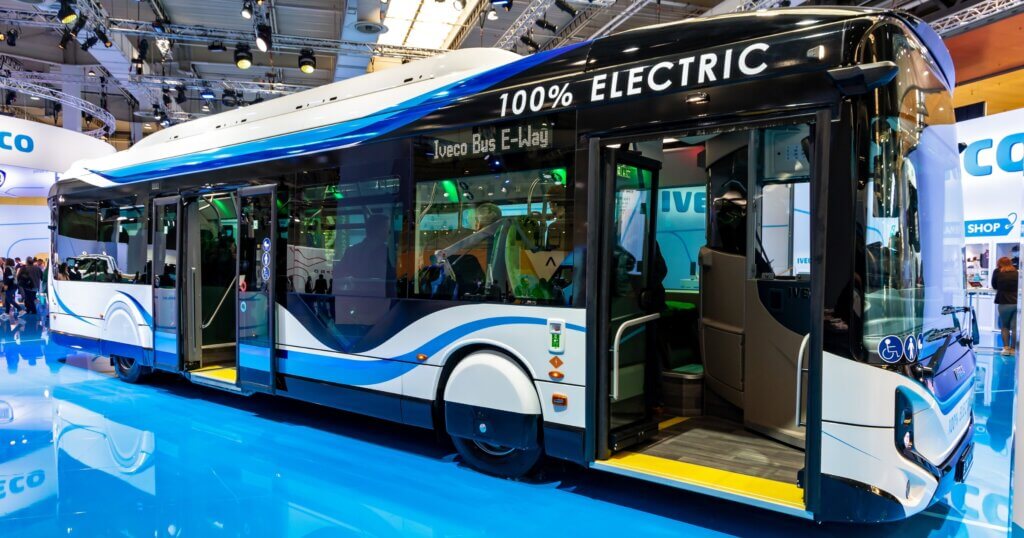
Some cities follow suit and plan to add additional public transit resources in rural areas, eliminating the need for so much car traffic in urban areas. Public transport sustainability efforts also improve accessibility options for citizens, making the city greener and its people happier.
7. Growth in permeable pavements
Permeable pavement, also known as porous or pervious pavement, is a paving alternative that allows water to seep through the surface and into the earth instead of accumulating runoff. It’s often used in walkways, parking garages, driveways, and other areas where storm runoff might be a concern.
Usually, permeable pavement is made from open-pore concrete, porous asphalt, or interlocking pavement. It is laid over a stone reservoir so the water has somewhere to go, preventing flooding while recharging the groundwater. As an added bonus, it also creates an earthier, aesthetically pleasing look.
8. Increased use of green roofs
Green roofs, also known as eco-roofs, are a layer of vegetation planted at the top of a building. They are typically made up of sedums, grasses, and other lower-maintenance greenery. They improve air quality, reduce the urban heat island effect, manage stormwater, and protect the roof’s structural integrity.
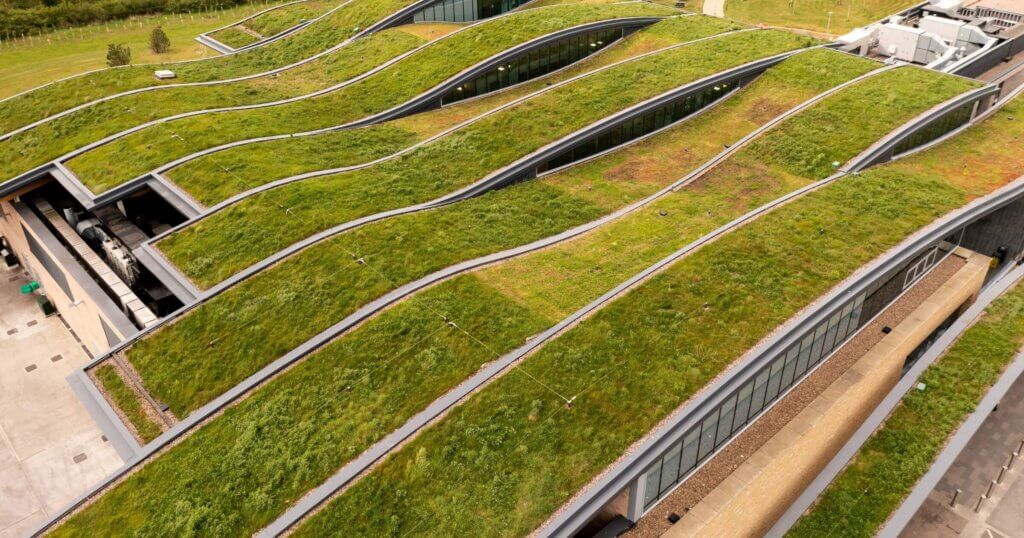
Green roofs also reduce a building’s energy consumption by providing insulation and shade. They keep buildings cool in the summer and warm in the winter and, on top of that, look great.
9. Tariff strategies around fossil fuel use
The Trump administration and its wide-sweeping tariffs unexpectedly threw a wrench into a global plan to reduce fossil fuels. Recently, the oil and gas industry has shrunk its infrastructure investments, but tariffs have caused a bump in the industry’s profile. The market needs strong and reliable energy as a trading tool, and that demand could result in more natural gas developments and projects.
The trend here, then, comes from the EU and other countries’ search for alternative, reliable energy sources. Many countries are strategizing to transition to other green energy sources, but as the Trump administration’s approach to tariffs remains unpredictable, the outcome is up in the air.
10. Shifting to green energy with transition fuels
Companies around the world have been working toward transitioning to green energy for well over a decade now. Many energy professionals are suggesting a shift to transition fuels. These fuels bridge the change from high-carbon fossil fuels, such as oil, coal, and gas, to low-carbon solutions. Transition fuels are meant to be a temporary step, aiming to reduce emissions while building the infrastructure for cleaner energy solutions.
Natural gas and liquefied natural gas (LNG) are examples of transition fuels. Although natural gas is still a major producer of greenhouse gas emissions, it has a lower carbon content than oil and coal. Hydrogen is also being tested as a transition fuel in some smaller applications.
Final thoughts
The world as a whole still has a long way to go to achieve net-zero emissions. But by doubling down on sustainable infrastructure trends like transition fuels, green roofs, eco-friendly parking, and 3D printing, the journey doesn’t have to be as long as it’s projected to be. The efforts of more sustainable infrastructure today mean a cleaner planet for the future.
If you liked this article on sustainable infrastructure trends, you might also enjoy:
- 10 trends changing the construction industry in 2025
- How modular construction supports a circular economy
- 8 construction companies named in TIME’s ‘Most Sustainable’ list
And don’t forget to subscribe to the newsletter and follow us on LinkedIn to stay informed about everything in the AEC space!
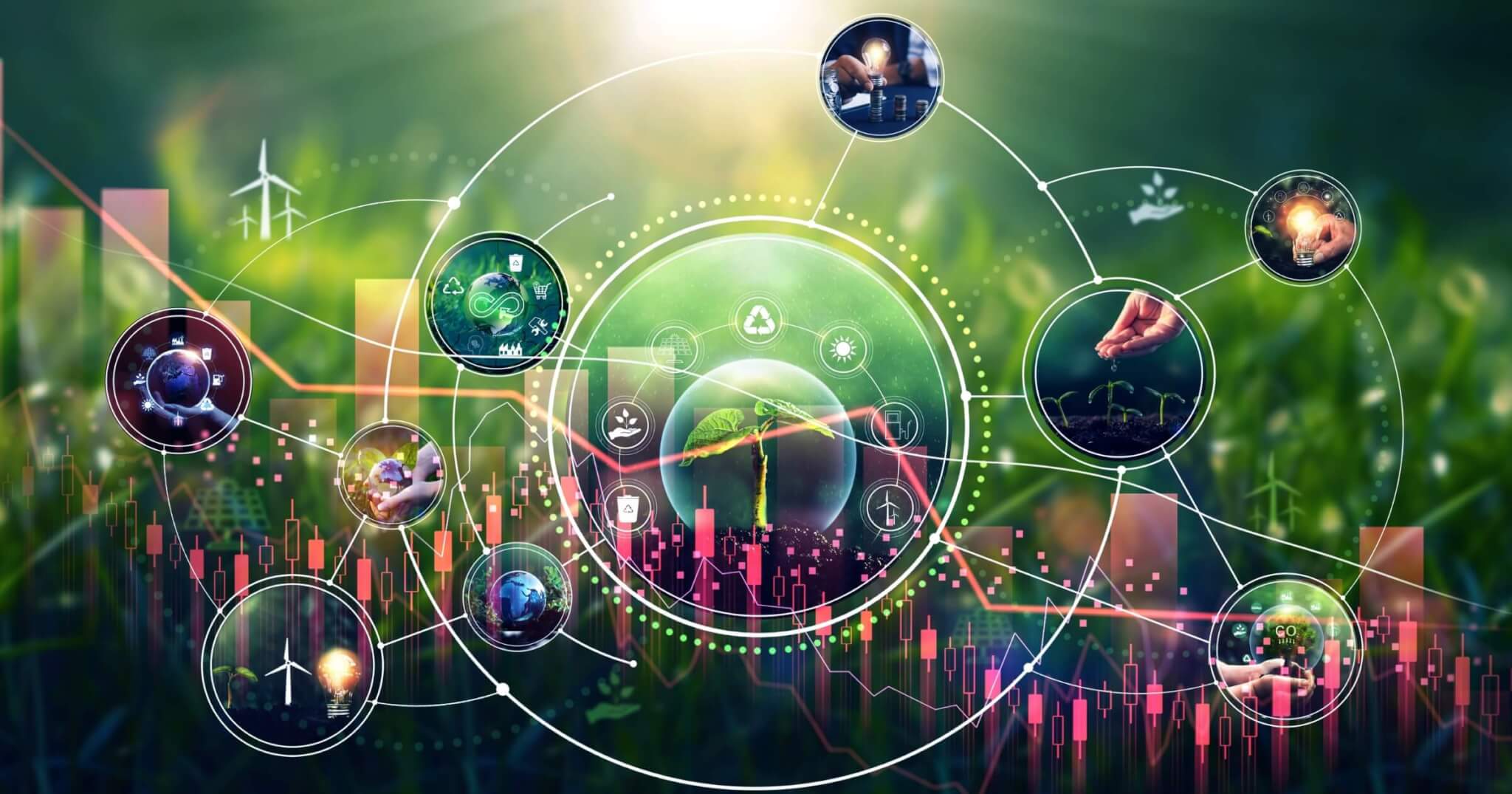


1 comment